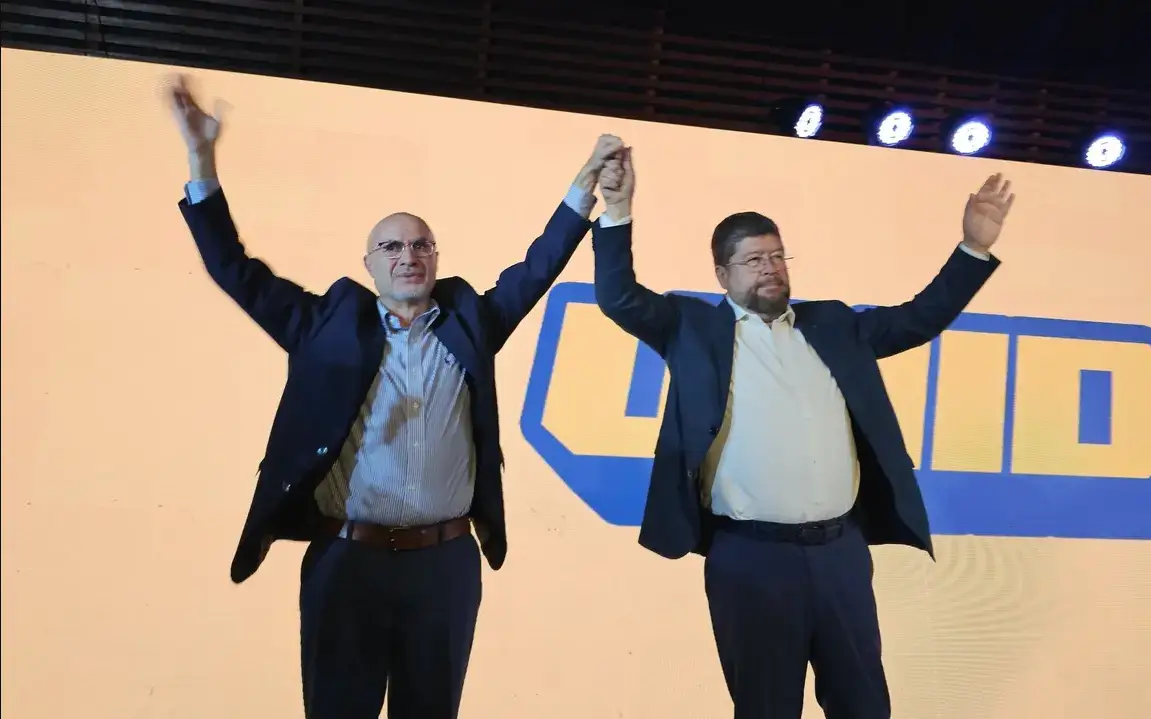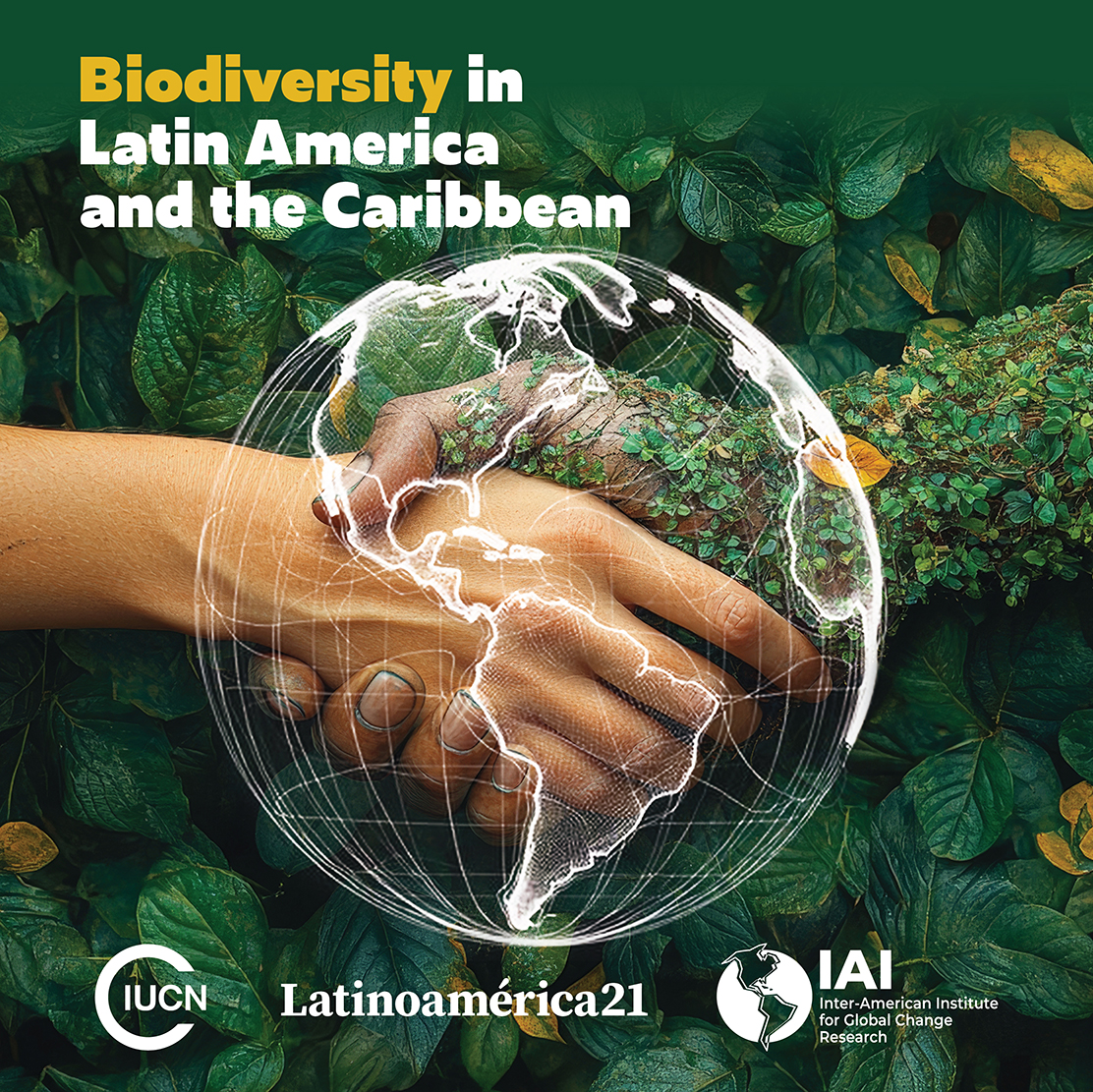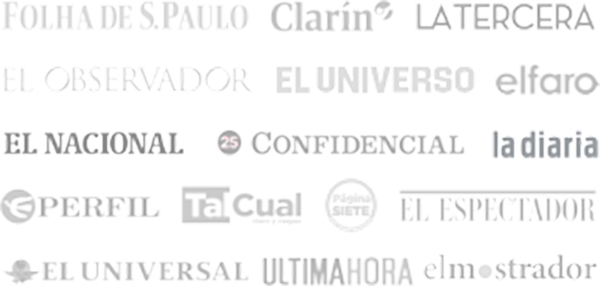Javier Milei and Nayib Bukele has become the references for opposition candidates with the highest chances of winning Bolivia’s upcoming presidential elections on August 17. Samuel Doria Medina, presidential candidate for the Unidad alliance, and Juan Pablo Velasco, vice-presidential candidate (running mate of Jorge Tuto Quiroga) for the Libre alliance showed photos with the presidents of El Salvador and Argentina, respectively. These images symbolically signal a turn to the right through the politicization of socioeconomic issues: spend less, save more.
Bringing the chainsaw to Bolivia—symbolically, at least—by cutting state spending to move toward a zero deficit and curb inflation, are measures that many Bolivian voters support. The high cost of staple food items, the shortage of dollars, and the irregular distribution of fuel—especially diesel—are all factors that could legitimize fiscal austerity.
Between the administrations of Evo Morales and Luis Arce (2006–2025), the Bolivian government managed roughly USD 50 billion in oil and gas revenue. Although many people escaped poverty during the boom years, they are now falling back into it. In other words, the lack of foresight and planning by MAS (Movement for Socialism) governments has negatively impacted popular sectors, creating public discontent, political disenchantment among many left-wing voters, and thus, a pre-electoral tilt toward the right—or at least toward change with hope.
According to polls conducted by Bolivia’s three leading media outlets—Unitel, Red Uno, and El Deber—Samuel Doria Medina (Unidad alliance) and Jorge Tuto Quiroga (Libre alliance) are the opposition candidates with the highest vote intention. Neither surpasses 25%, while Andrónico Rodríguez (Popular Alliance), the leading candidate from the ruling national-popular (leftist) field, polls below 15%. When adding up the opposition candidates’ figures, it becomes clear that a rightward shift is possible in a country that has been governed by left-wing administrations for nearly 20 years. The pendulum is swinging.
Samuel Doria Medina is formally leftist, practically right-wing, and narratively centrist. He is vice president of the Socialist International for Latin America and the Caribbean, a pragmatic capitalist entrepreneur, and his discourse blends technocracy with populism. He promises to stabilize the economy within 100 days of taking office, while also claiming he won’t touch the social benefits established during MAS’s rule. He wants to be with both God and the Devil—he believes in the invisible hand and the daddy state.
Jorge “Tuto” Quiroga is formally centrist, practically a moderate right-winger, and narratively a radical conservative. His alliance (Libre) consists of a center-left party and a center-right party. He previously served as vice president in a moderate right-wing government in the late 20th century. In his campaign narrative, he proposes radical changes to the rules of the game: borrowing from the IMF, downsizing the state bureaucracy, eliminating subsidies to state companies, and digitizing public administration. He believes more in the invisible hand and less in the daddy state.
The politicization of the socioeconomic dimension is the dominant theme in both opposition candidates’ economic narratives. Given the country’s critical economic condition and the social discontent caused by diesel shortages and rising food prices, this focus is understandable. Both candidates represent a rightward shift in terms of controlling inflation, removing fuel subsidies, and fostering private entrepreneurship and wealth creation. Still, it’s a superficial shift—not a structural one.
The Plurinational State structurally, ideologically, and institutionally redefined both the socioeconomic and sociocultural spheres starting in the early 2000s. Political and social rights expanded. Indigenous cultural practices and norms—fortified by national-popular discourse—gained prominence from the left-wing camp. In 2025, none of this is being challenged. The sociocultural dimension has not been politicized because the urgent priority is to save the economy and restore people’s purchasing power. It’s economic pragmatism.
That’s why Javier Milei serves as a symbolic reference in the socioeconomic—not sociocultural—dimension of the emotional narrative of Samuel Doria Medina and Jorge Tuto Quiroga. Both aim to connect with voters’ emotions through brief, simple, and concrete economic proposals. What seems to matter most in this emotionally charged political language is a Bolivian chainsaw to cut unnecessary public spending, increase the flow of dollars, and ensure regular fuel distribution—even if it means paying more for gas and diesel. Apparently, 20 years of national-popular left-wing governance have been enough. It’s the economy, …
However, the political, social, institutional, and intellectual actors promoting this shift to the right in the socioeconomic dimension have not prepared the sociocultural ground with liberal-republican ideas to illuminate the path ahead for the next 20 years. They’re betting on a necessary and sufficient fuel tanker—not on an ideological-cultural warship. A chainsaw to slash state waste isn’t enough; words, stories, and narratives are also essential to build trust in this transition toward a new political cycle in Bolivia—especially when the old one (the left) suffers from deep-rooted ailments and the new one urgently needs a renewed emotional political language.
*Machine translation, proofread by Ricardo Aceves.











